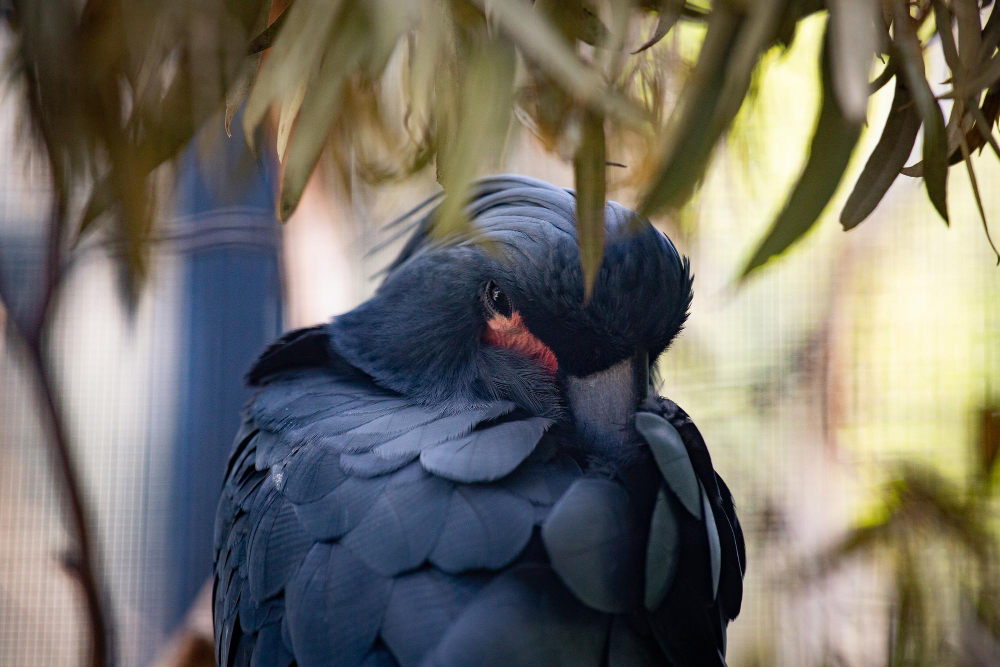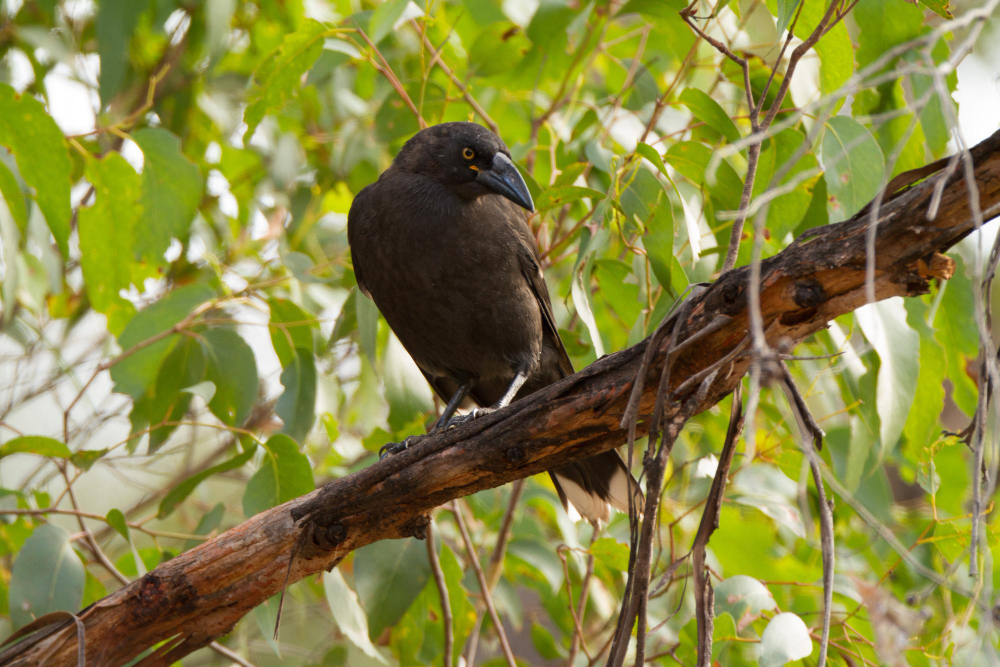The Vasa Parrot is often described as one of the most unusual and intriguing parrots in the world. Native to Madagascar and the Comoros Islands, these rare birds stand out immediately—not just for their slender bodies, dark plumage, and long tails, but for behaviours that set them apart from every other parrot species. Unlike the bright, tropical parrots many people are familiar with, the Vasa has a mysterious, almost prehistoric appearance that sparks curiosity the moment you see one.
But it isn’t just their look that makes them extraordinary it’s their behaviour. Vasa Parrots display unique breeding habits, rapid feather growth, and fascinating social interactions that continue to puzzle and delight avian experts. Combined with their high intelligence, boundless curiosity, and independent spirit, they are both challenging and rewarding to keep. For experienced bird keepers, a Vasa Parrot isn’t just a pet it’s a lifelong study in avian wonder, offering daily surprises and deep companionship for those ready to understand its complex nature.
Appearance of the Vasa Parrot
| Feature | Description |
| Size | Medium-sized, 20–24 inches long |
| Weight | Around 450–500 grams |
| Color | Mostly dark grey to black plumage with lighter underparts |
| Beak | Large, strong, and pale-coloured compared to other parrots |
| Head & Eyes | Bare facial skin during breeding season, with expressive eyes |
| Tail | Long and pointed, giving a crow-like silhouette |
| Overall Look | Slim, unusual, and almost prehistoric in appearance |
History and Origin
The Vasa Parrot comes from Madagascar and the nearby Comoros Islands. Unlike colourful parrots such as macaws or conures, the Vasa has a more subdued appearance. They belong to the genus Coracopsis and are among the oldest parrot lineages, giving them a prehistoric look.
Personality and Temperament
The Vasa Parrot has a very different character compared to typical parrots:
- Highly intelligent – Curious, problem-solving nature.
- Active and playful – Requires lots of stimulation and exercise.
- Independent – Less cuddly than other parrots, but bonds deeply with their person.
- Vocal but not overly loud – They make whistles, squeaks, and mechanical-like sounds.
- Unique behaviour – During breeding season, males and females show rare physical changes, such as changes in skin colour.

Food and Diet Needs
Vasa parrots thrive on a balanced diet that supports their high energy:
- Pellets formulated for medium parrots.
- Fresh fruits (papaya, banana, apple, mango).
- Fresh vegetables (leafy greens, carrots, squash, peppers).
- Nuts and seeds (in moderation).
- Calcium-rich foods (especially important for females during breeding).
Avoid feeding them chocolate, avocado, caffeine, or salty/fried foods, as these are toxic to parrots.
Grooming and Maintenance
Caring for a Vasa Parrot involves:
- Regular bathing or misting to keep feathers healthy.
- Nail trimming as needed.
- Beak health – provide chewing toys and natural wood perches.
- Cage size – large and spacious, as they need room to move and climb.
Exercise and Mental Stimulation
Vasa Parrots are extremely active and need plenty of stimulation:
- Out-of-cage time daily for flying and exploring.
- Foraging toys to keep their mind engaged.
- Training sessions with positive reinforcement.
- Climbing structures like ropes and ladders in their enclosure.
Common Health Concerns
While generally hardy, Vasa Parrots can face certain health issues:
- Nutritional deficiencies if diet isn’t varied.
- Feather plucking if bored or stressed.
- Respiratory problems in dusty or poorly ventilated environments.
- Calcium deficiency in females during egg-laying season.
Regular vet check-ups with an avian specialist are highly recommended.
Should You Own a Vasa Parrot?
The Vasa Parrot is not a beginner-friendly bird. They require:
- A large, enriched environment.
- Plenty of mental and physical activity.
- An experienced owner who understands parrot behaviour.
For the right person, though, the Vasa Parrot is an extraordinary and rewarding companion.
Frequently Asked Questions About Vasa Parrots
Q1: How long do Vasa Parrots live?
They can live up to 50 years with proper care.
Q2: Are Vasa Parrots good for beginners?
No, they are better suited for experienced bird owners due to their unique needs.
Q3: Do Vasa Parrots talk?
They can mimic words and sounds, but they are not as talented talkers as African Greys or Amazons.
Q4: Are Vasa Parrots affectionate?
They are intelligent and bond strongly with their humans but are not as cuddly as some other parrots.
Q5: How big of a cage does a Vasa Parrot need?
A large cage (minimum 4ft wide x 3ft deep x 5ft tall) with daily out-of-cage time is ideal.







